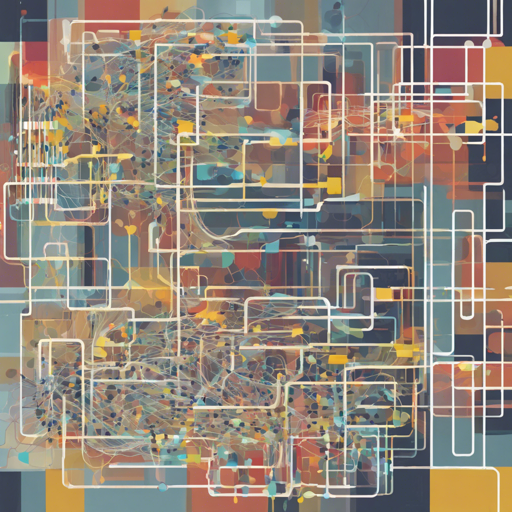Gated-SCNN, developed by a team of innovative researchers, is a powerful model designed to enhance semantic segmentation tasks. This blog will take you through the process of setting up and evaluating the Gated-SCNN model while offering troubleshooting assistance along the way. Let’s dive in!
Step 1: Cloning the Repository
The first step to using Gated-SCNN is to clone the official repository from GitHub. This is akin to downloading a blueprint for a complex machine. Here’s how you do it:
bash
git clone https://github.com/nv-tlabs/GSCNN
cd GSCNN
Step 2: Install the Required Python Libraries
The Gated-SCNN requires a number of specific Python libraries for it to work seamlessly. Think of these libraries as the various parts of a machine that work together to keep everything running smoothly. You’ll need to install:
- numpy
- PyTorch (=1.1.0)
- torchvision
- scipy
- scikit-image
- tensorboardX
- tqdm
- torch-encoding
- opencv
- PyYAML
Step 3: Download Pretrained Models and Inferred Images
Like a car engine that comes with a pre-assembled assembly, Gated-SCNN provides pretrained models. Download the models and save them into the ‘checkpoints’ directory:
- Download Pretrained Model
- If needed, also download the Inferred Images.
Step 4: Evaluation using Cityscapes Dataset
You can evaluate the Gated-SCNN model using the Cityscapes dataset by running the following command:
bash
python train.py --evaluate --snapshot checkpoints/best_cityscapes_checkpoint.pth
Step 5: Training the Model
Training Gated-SCNN is like learning to master a complex singing technique—it requires adequate resources and equipment. Note that this model is optimized for use on 8 NVIDIA GPUs, and attempting to train it on a single GPU with WiderResNet38 may lead to complications.
Troubleshooting Ideas
If you encounter any issues during the setup or execution, here are a few troubleshooting tips:
- Ensure that all Python libraries are installed correctly without any version mismatches.
- If training fails on a single GPU, consider optimizing your environment or using multiple GPUs.
- Check the paths to downloaded models and images to confirm they are correctly located within your directories.
- For any persistent issues, consult the GitHub issues page of the repository for similar problems and solutions.
For more insights, updates, or to collaborate on AI development projects, stay connected with fxis.ai.
Conclusion
At fxis.ai, we believe that such advancements are crucial for the future of AI, as they enable more comprehensive and effective solutions. Our team is continually exploring new methodologies to push the envelope in artificial intelligence, ensuring that our clients benefit from the latest technological innovations.
Citing the Work
If you use this code in your projects, please cite the original authors:
@article{takikawa2019gated,
title={Gated-SCNN: Gated Shape CNNs for Semantic Segmentation},
author={Takikawa, Towaki and Acuna, David and Jampani, Varun and Fidler, Sanja},
journal={ICCV},
year={2019}
}

